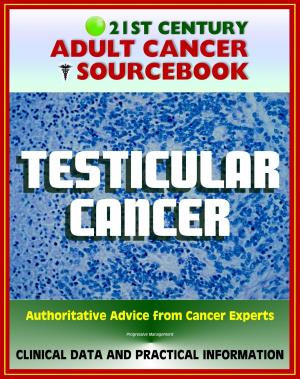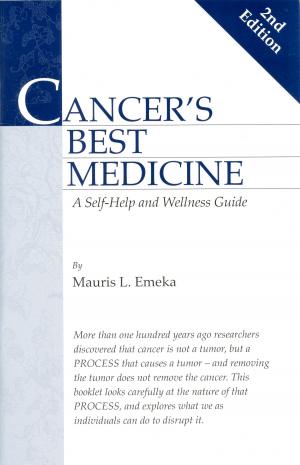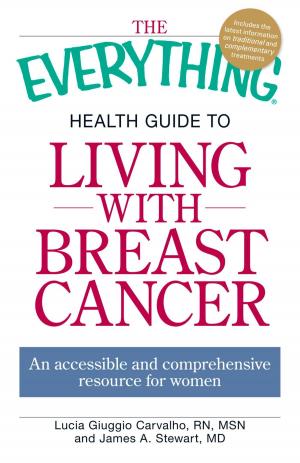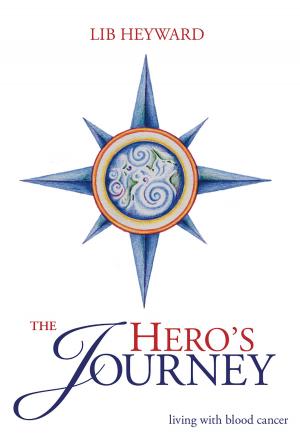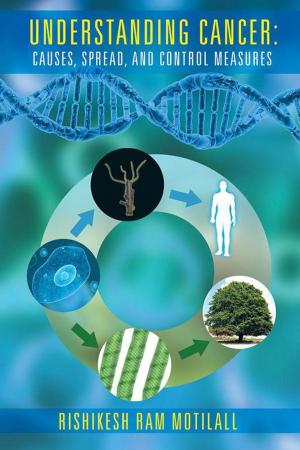Diagnostic Problems in Tumors of Endocrine System: Selected Topics
Nonfiction, Health & Well Being, Health, Ailments & Diseases, Cancer| Author: | Arun Chitale, Dhananjay Chitale | ISBN: | 9781310897139 |
| Publisher: | Dhananjay Chitale | Publication: | August 23, 2014 |
| Imprint: | Smashwords Edition | Language: | English |
| Author: | Arun Chitale, Dhananjay Chitale |
| ISBN: | 9781310897139 |
| Publisher: | Dhananjay Chitale |
| Publication: | August 23, 2014 |
| Imprint: | Smashwords Edition |
| Language: | English |
Histopathological evaluation is the gold standard in the diagnosis of malignant tumors and chronic diseases of visceral organs like liver, kidney and lungs. Histopathological analysis provides information that helps the clinician to choose the most appropriate treatment modality and assists in prognostication. Notwithstanding the current and future advances in the imaging technology and other innovations, the status of Histopathology will remain unchanged for decades to come.
Whereas Histopathology is the most objective form of investigation, there are many gray areas in arriving at a definitive diagnosis. On many occasions total lack of clinical information leads to avoidable errors in the diagnosis. The surgical pathologist is advised to keep the cases pending until adequate information is available. On the other hand there are numerous problems in histological interpretation even if the entire clinical information is at hand. This occurs because some lesions have inherent morphological ambiguities and no two surgical pathologists may agree on the correct histological diagnosis. One such lesion, for example, is verrucous squamous cell carcinoma of the oro-pharyngeal region or other organs with squamous epithelial lining. The most controversial problem in thyroid disorders is a lesion called follicular variant of papillary carcinoma. In every organ and system, there are sporadic entities, which have debatable criteria of morphological diagnosis. The object of this book is to adequately address problems of uncommon morphologic variations of common lesions and rare difficult lesions with the help of extensive illustrations. There are excellent frequently updated textbooks of surgical pathology, in which all lesions occurring in various sites are described, illustrated and backed by references. However, due to constraints of space, these problematic entities are not extensively illustrated or explained at length. This deficiency is admirably handled in exclusively individual organ pathology monograms. However, this requires the facility of a well-stocked library; most practicing surgical pathologists do not have access to these.
The proposed book is an attempt to address these lesions with multiple illustrations and detailed pertinent text. It is envisaged that the book should be a companion to a standard surgical pathology textbook and this should be accessible just at the fingertips via power of electronic media using internet. The targeted audience includes residents in Anatomic Pathology; young recently qualified pathologists and a large contingent of pathologists attached to medical institutions, in which the volume of surgical specimens is low.
Histopathological evaluation is the gold standard in the diagnosis of malignant tumors and chronic diseases of visceral organs like liver, kidney and lungs. Histopathological analysis provides information that helps the clinician to choose the most appropriate treatment modality and assists in prognostication. Notwithstanding the current and future advances in the imaging technology and other innovations, the status of Histopathology will remain unchanged for decades to come.
Whereas Histopathology is the most objective form of investigation, there are many gray areas in arriving at a definitive diagnosis. On many occasions total lack of clinical information leads to avoidable errors in the diagnosis. The surgical pathologist is advised to keep the cases pending until adequate information is available. On the other hand there are numerous problems in histological interpretation even if the entire clinical information is at hand. This occurs because some lesions have inherent morphological ambiguities and no two surgical pathologists may agree on the correct histological diagnosis. One such lesion, for example, is verrucous squamous cell carcinoma of the oro-pharyngeal region or other organs with squamous epithelial lining. The most controversial problem in thyroid disorders is a lesion called follicular variant of papillary carcinoma. In every organ and system, there are sporadic entities, which have debatable criteria of morphological diagnosis. The object of this book is to adequately address problems of uncommon morphologic variations of common lesions and rare difficult lesions with the help of extensive illustrations. There are excellent frequently updated textbooks of surgical pathology, in which all lesions occurring in various sites are described, illustrated and backed by references. However, due to constraints of space, these problematic entities are not extensively illustrated or explained at length. This deficiency is admirably handled in exclusively individual organ pathology monograms. However, this requires the facility of a well-stocked library; most practicing surgical pathologists do not have access to these.
The proposed book is an attempt to address these lesions with multiple illustrations and detailed pertinent text. It is envisaged that the book should be a companion to a standard surgical pathology textbook and this should be accessible just at the fingertips via power of electronic media using internet. The targeted audience includes residents in Anatomic Pathology; young recently qualified pathologists and a large contingent of pathologists attached to medical institutions, in which the volume of surgical specimens is low.



